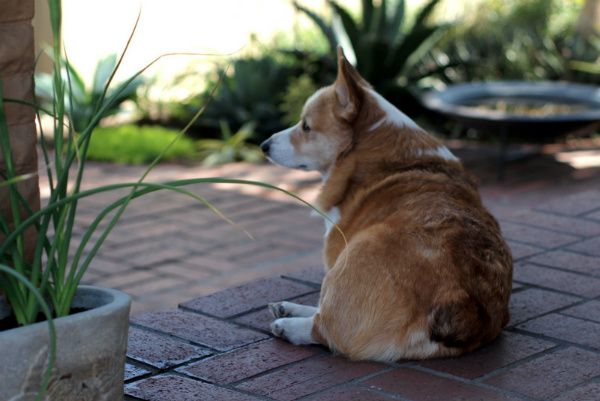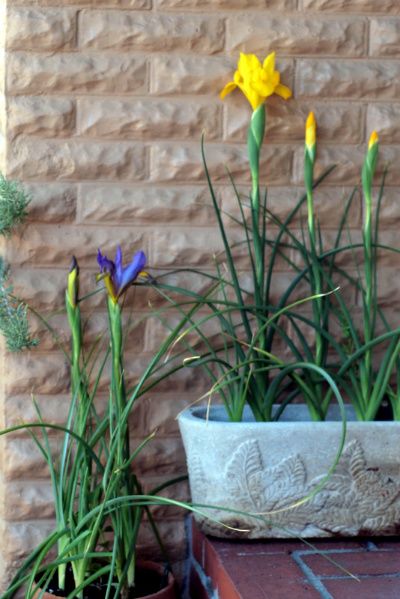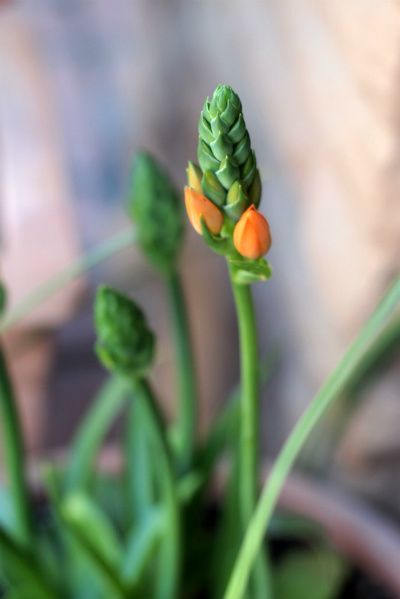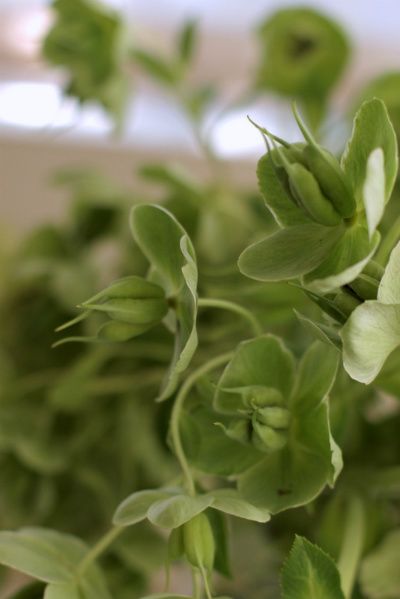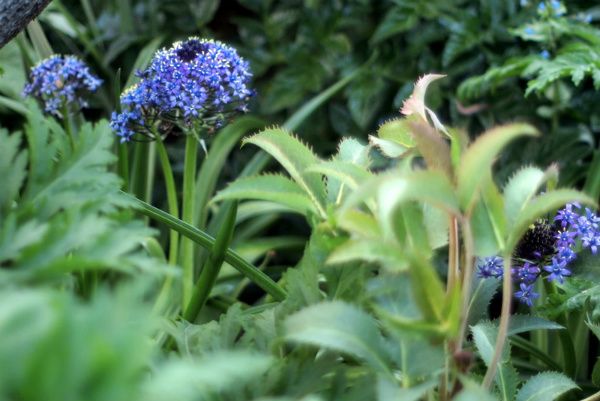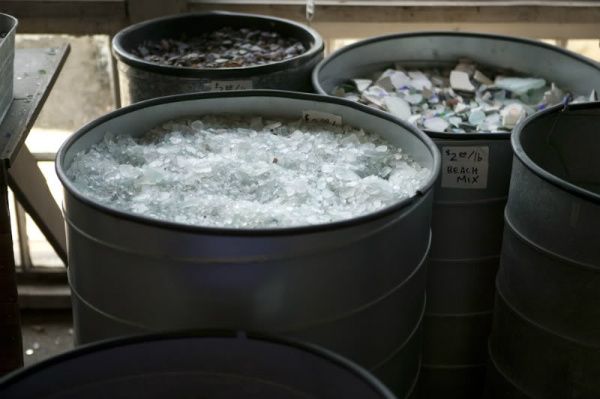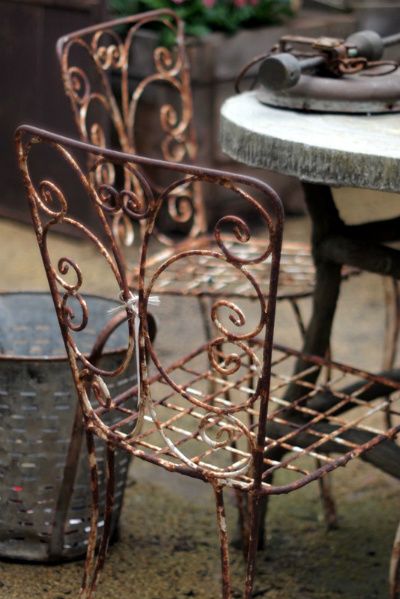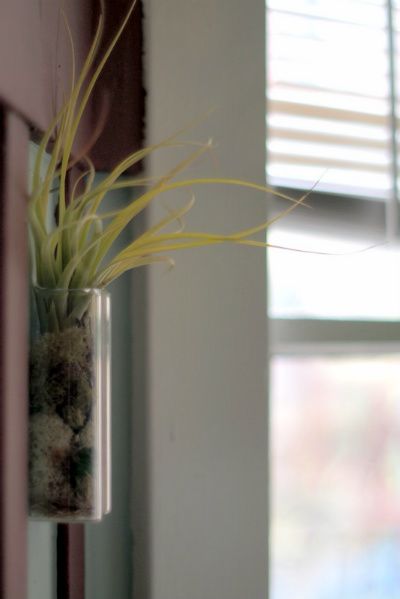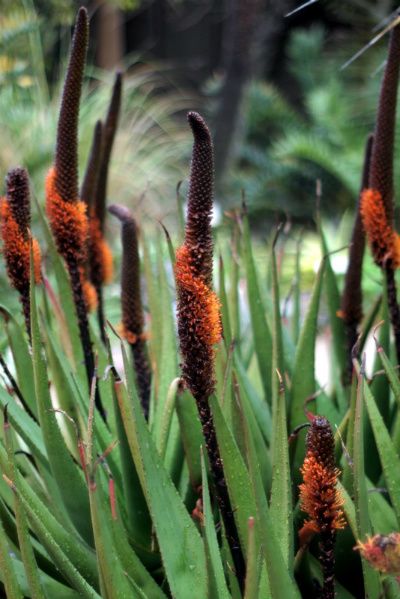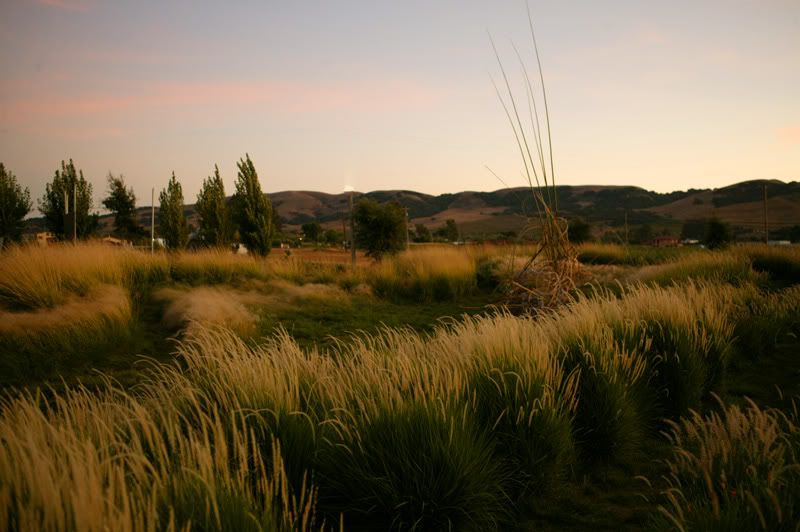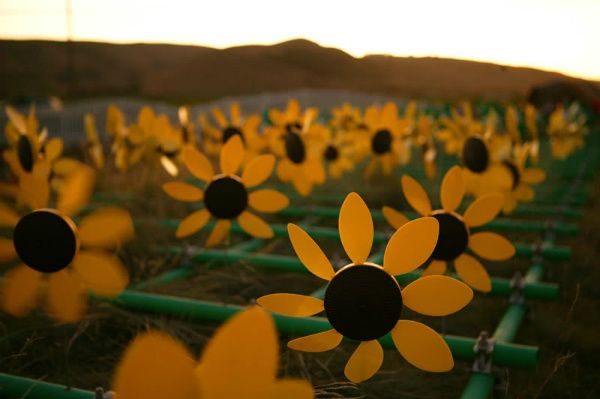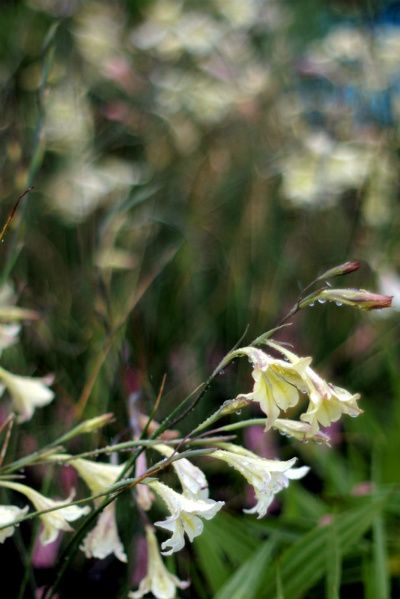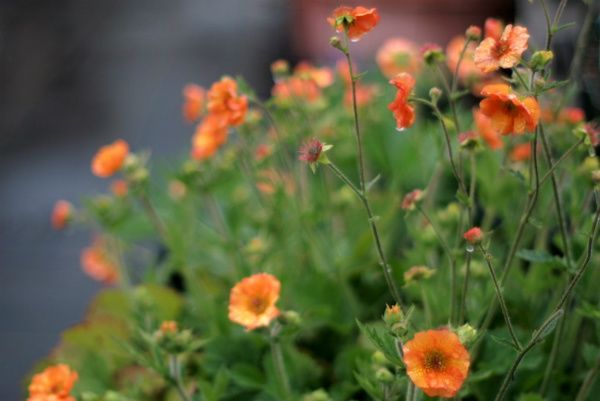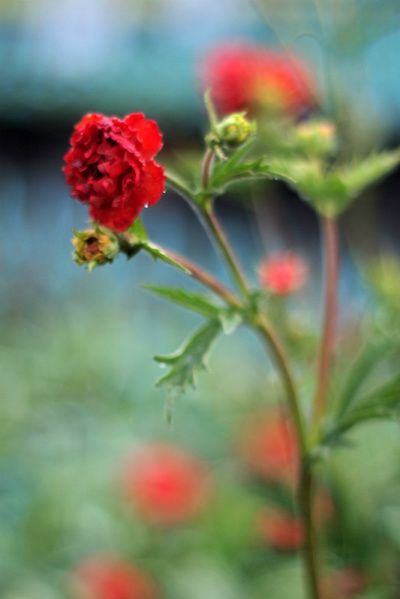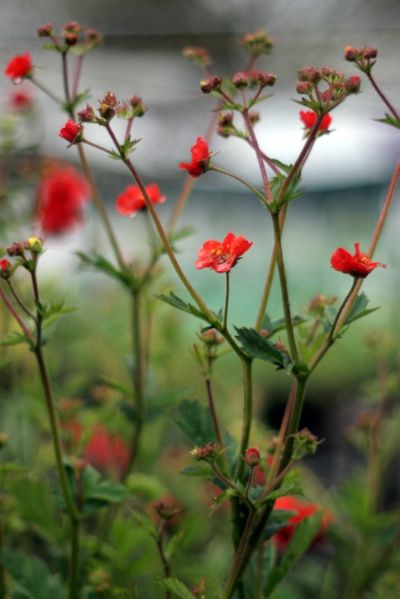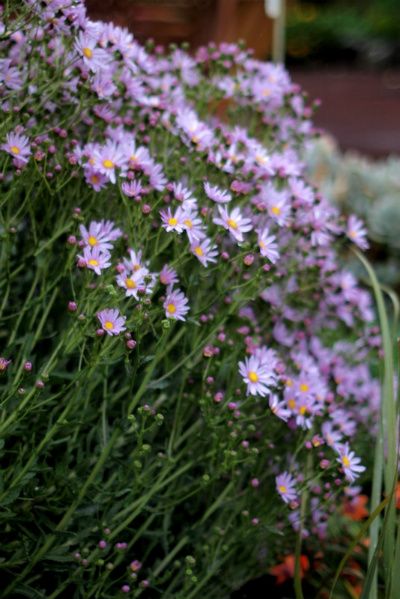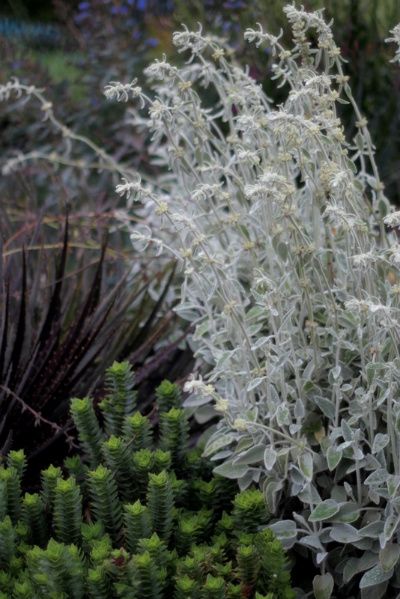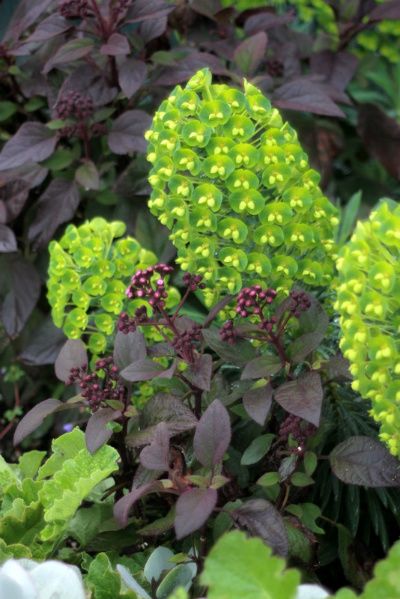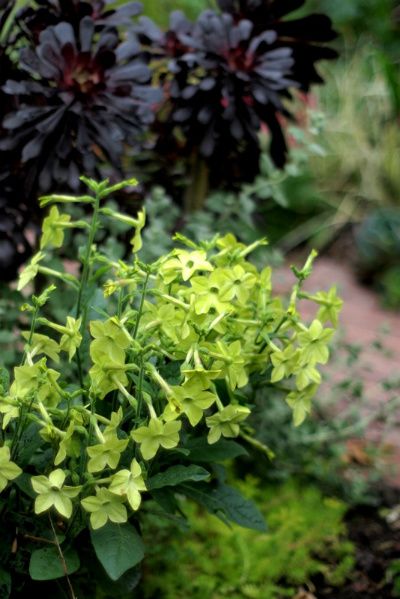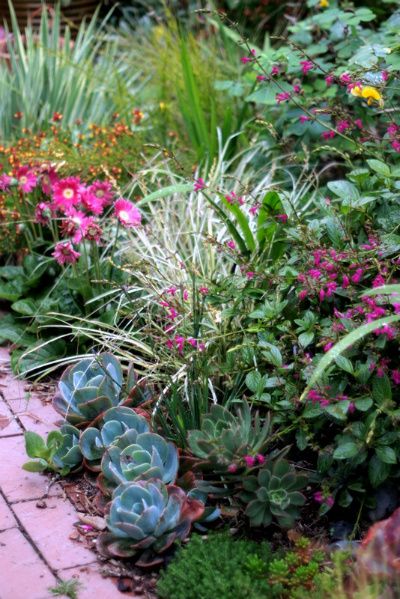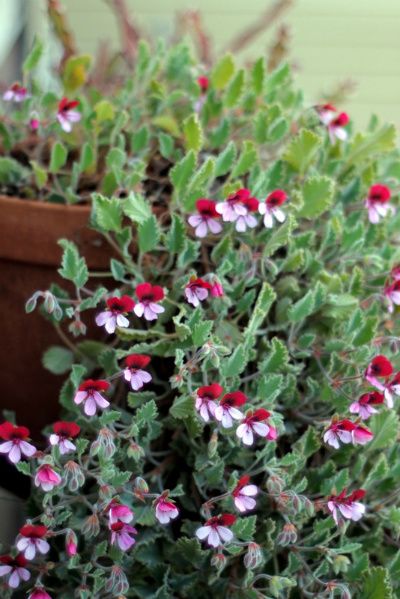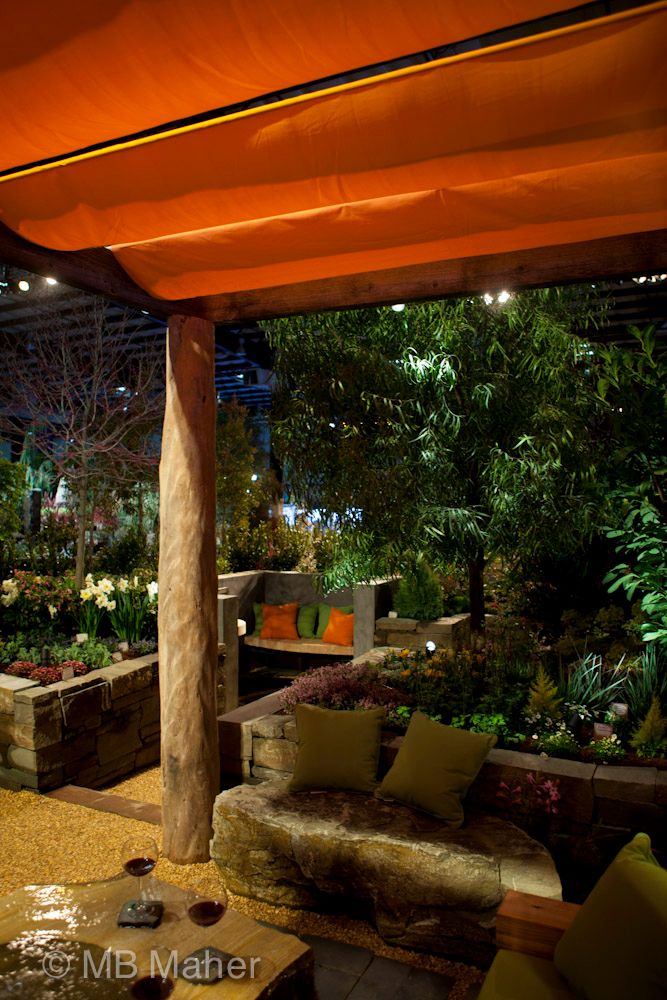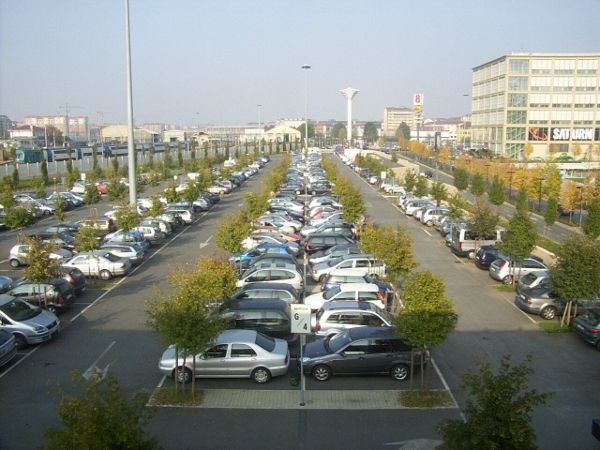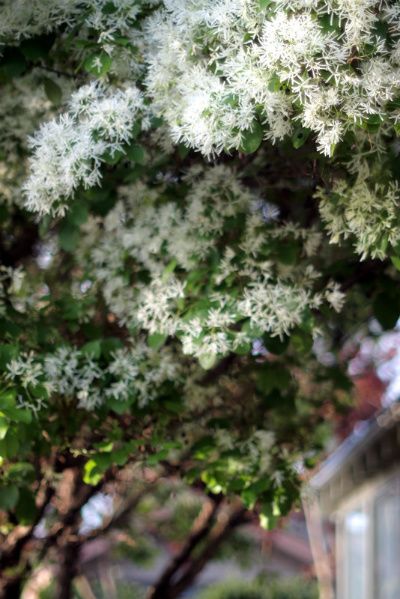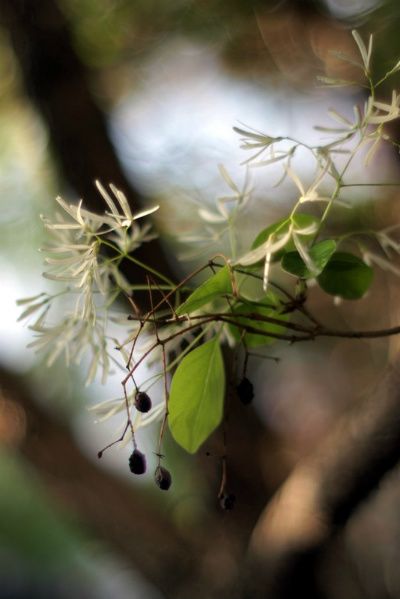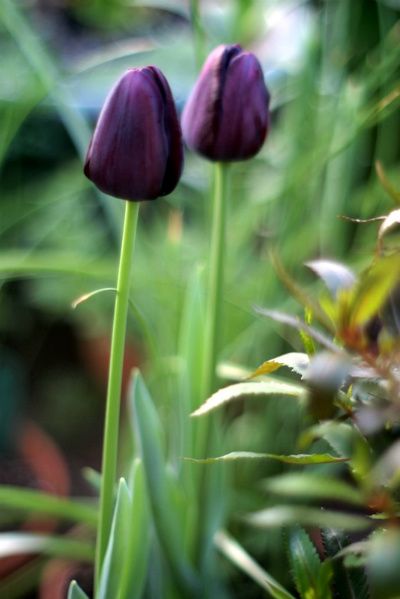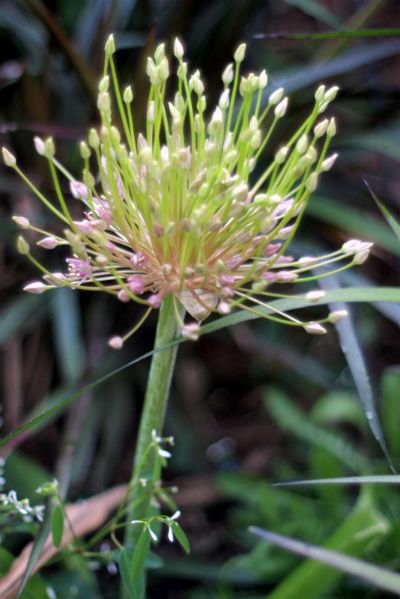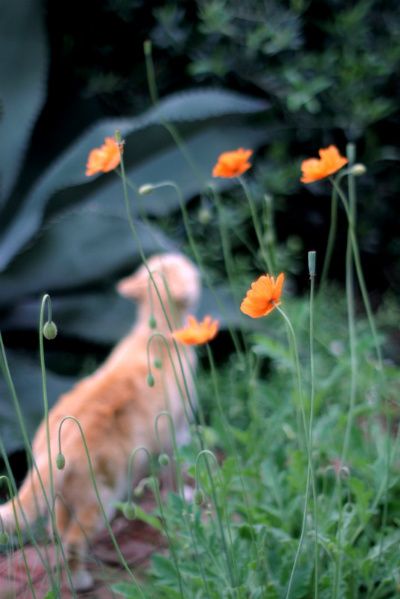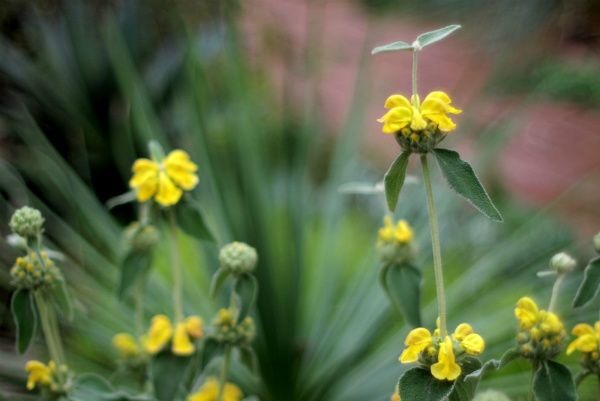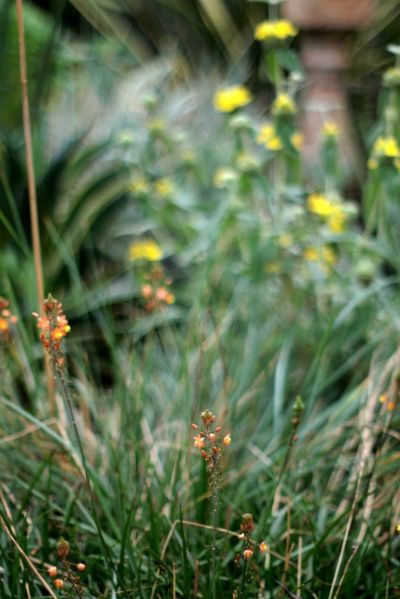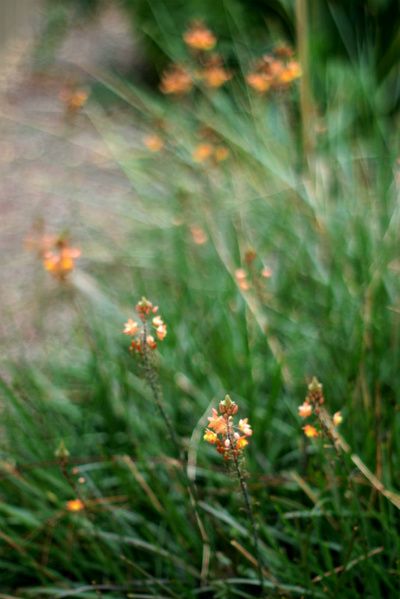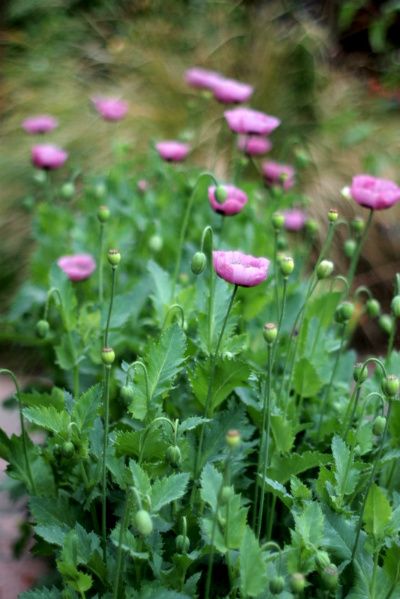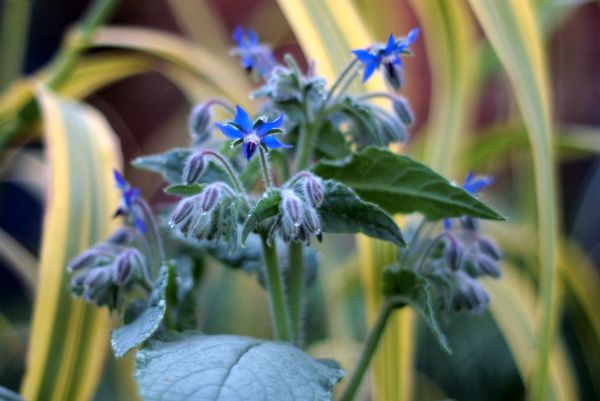I trust we’ve all safely arrived at the doorstep of this spring weekend relatively intact. My car is in the shop from a minor crash a few weeks back, my first since I can’t remember when, and the rental has taken some getting used to. After decades driving a manual transmission, I’m probably one of the few people that has had difficulty adjusting to driving an automatic transmission — the tedium nearly puts me to sleep driving home at the end of the day.
Some clippings from the past week. In a waiting room I thumbed through several issues of the posh magazine Bonhams, including Issue 30 from spring 2012, in which British actor Terence Stamp nominated as his entry for “My Favorite Room” the landmark Chateau Marmont in West Hollywood, a kind of Chelsea Hotel West (“stayed up for days in the Chelsea Hotel writing Sad-Eyed Lady of the Lowlands for you”) with the Chateau Marmont’s emphasis more on the bacchanal and less on tormented artistic endeavor. I might have to hit the local library up for his just-released memoir, “Rare Stamps.”

Which has nothing whatever to do with gardens except in the tangential respect that, as with the plant world, there occasionally emerges out of the human race as if sprung from the head of Zeus someone so impeccably cool they are worth noting if for no other reason than they simply exist. I’ve always found Terence Stamp, from his earliest, Christ-like role in Billy Budd, up through Soderbergh’s “The Limey,” to be one of these agave-cool beings.
Image found here Rob Walls, 1967.

With Jean Shrimpton, the first “supermodel,” who has since run a hotel in Penzance, England for the past 30 years.
Image found here.

Another familiar beauty I bumped into this week was this Irish Wolfhound, whose photo I was kindly allowed to take. Irish Wolfhounds are part of my MegaMillions fantasy scenario. Enough land for them to run and me to garden. That would be quite a bit of land.
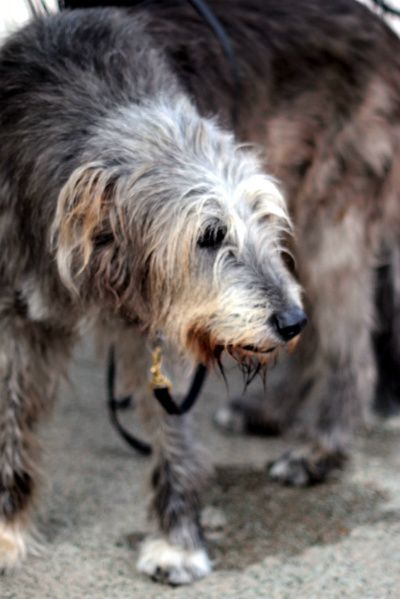
The wolfhound was standing near a shop window of Metlox pottery in Manhattan Beach, Calif.
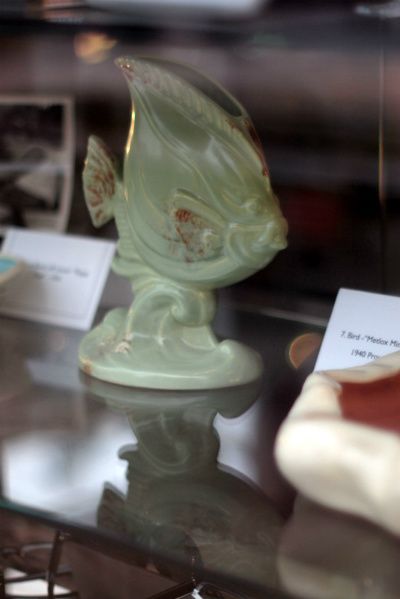
At home the poppies continue to be the topic of conversation, especially now that they’re waist high, just a few feet from the kitchen door, and in particular the squadrons of bees that visit these half-dozen plants.
Me: I suppose some people might be a little nervous about walking through here. Kimmie, for instance.
M: (No response, just watches the dozens of bees on the poppies)
Me: What’s that line from “To Have and Have Not”?
M: ˜Was you ever bit by a dead bee?”
Me: That one! Who says it? Walter Brennan?
M: Yeah, as Eddie the rummy.
Me: Hey, have you ever been stung by a bee before, dead or alive?
M: (No response…)
Me: I was, that one time on the Slip ‘N Slide. I’ve told you about that, right? Didn’t see him on the ground and slid right into him.
M: Yeah, you’ve told me about that Slip ‘N Slide business before. On Timmy Prescott’s lawn, right?
Me: Yeah. At least I know I’m not allergic. You must’ve been stung before, too, right?
M: Must have…
(For a more scientific discussion of bees, see this recent New York Times article detailing the link between pesticides and dwindling bee numbers.)
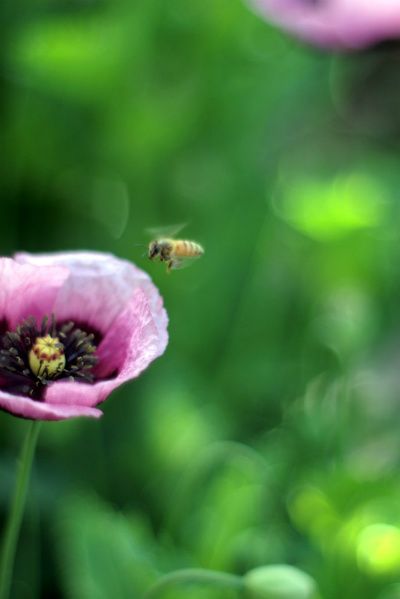
Some of what I’ve been missing in my garden this week is the astonishing, universe-expanding development of Allium schubertii. Truth is, the fact that any allium develops past the leaf stage in my garden is cause for astonishment. Allium christophii and schubertii are supposed to be candidates for zone 10, that is, not sensitive to winter dormancy issues, but my garden always seems to eat the bulbs for breakfast, although the drumstick allium, A. sphaerocephalon, grows reasonably well here. I prechilled a bunch of different allium this year and have had much better results. Spectacular results in the case of Allium schubertii.
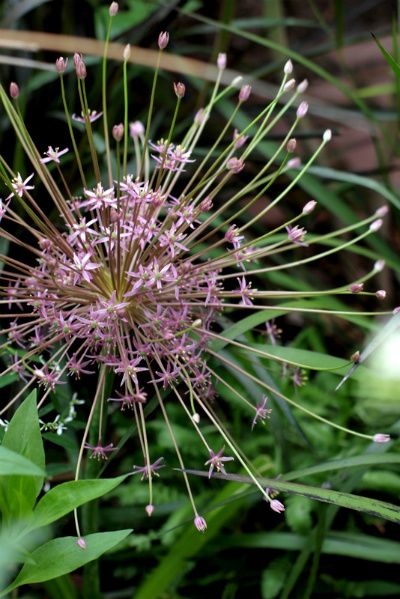
My one rose, the tea-noisette ‘Bouquet d’Or,’ has started a nice flush of bloom. I’m surprised how much I like having just…one…rose. One rose to represent her kind. Make it a climber and scented, and that one rose can be quite enough. (I wrote about my complicated relationship with roses here a couple years ago.)

The blessed weekend is finally here.

